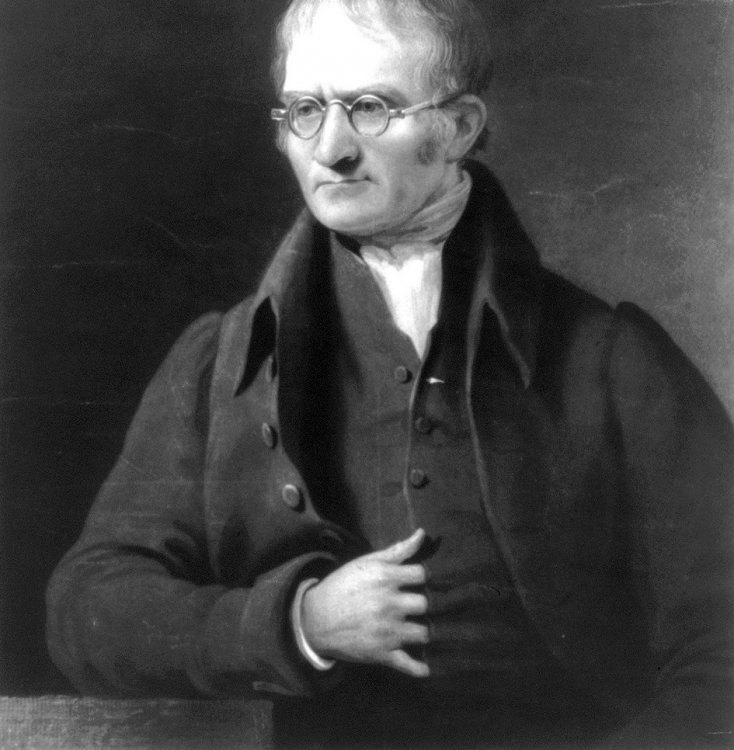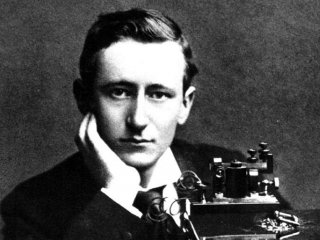
In childhood, it transpired that it was no use sending John into the woods for ripe strawberries because any berries he brought were unfit for table. When the future scholar grew up, he figured out what the problem had been and found that he could not see the difference between the red and the green. In 1794, he described his type of color blindness in a small book. Any and all color impairments have been named Daltonism in honor of John Dalton ever since.
If you think that Dalton’s scientific contributions are limited to the description of Daltonism only, you are mistaken. The works in different academic fields earned the provincial teacher the fame of probably the most reputable scholar of his time. The number of laws he discovered is impressive – the law of partial pressures named in his honor, the law of uniform expansion of gases when heated, the law of the gas solubility in liquids, and the law of multiple proportions.
Enough? No, not really. Among the scientific contributions of the self-educated scientist are the discovery of polymerization as in the case of ethylene and butylene and the calculations of the atomic weight for several elements. The modest teacher John Dalton also introduced the notion “atomic weight.” But why modest? In his lifetime, Dalton became a member of the Royal Society of London and the French Academy of Sciences, a recipient of the Royal Medal. His most famous student, James Prescott Joule, needs no introduction. Today, the student and his home mathematics, chemistry and physics teacher look at each other at the Manchester Town Hall, both statues carved by the sculptor Gilbert.























